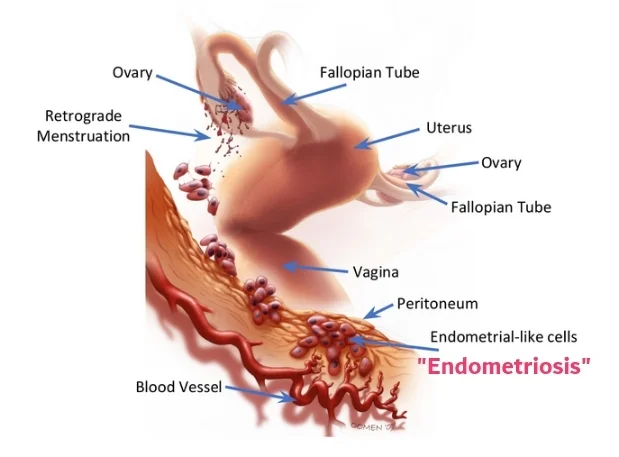Polycystic Ovary Syndrome (PCOS)
PCOS is a complicated disorder that is characterized by the presence of multiple small ovarian cysts and disruption of reproductive hormones resulting in high testosterone levels in the blood. It affects approximately 1 in 10 females, making it one of the most common hormone disorders during reproductive life of people assigned female at birth. Although a common problem, PCOS often remains underdiagnosed or misdiagnosed, resulting in a diagnostic delay that can extend from 2 to 5 years on average. The delay in diagnosis stems, in part, from a general lack of awareness. Currently, the gold standard for PCOS diagnosis typically involves a combination of medical history assessment, physical examinations, and laboratory tests to rule out other conditions. The wide range of symptoms and health complications associated with PCOS includes irregular menstrual cycles, pelvic pain, excessive hair growth, weight fluctuations, and difficulty achieving pregnancy. Some but not all people with PCOS may also have difficulty regulating their insulin levels. PCOS can remain unnoticed until couples try to conceive. Regularly discussing reproductive health with healthcare providers is crucial for early detection and better outcomes.



